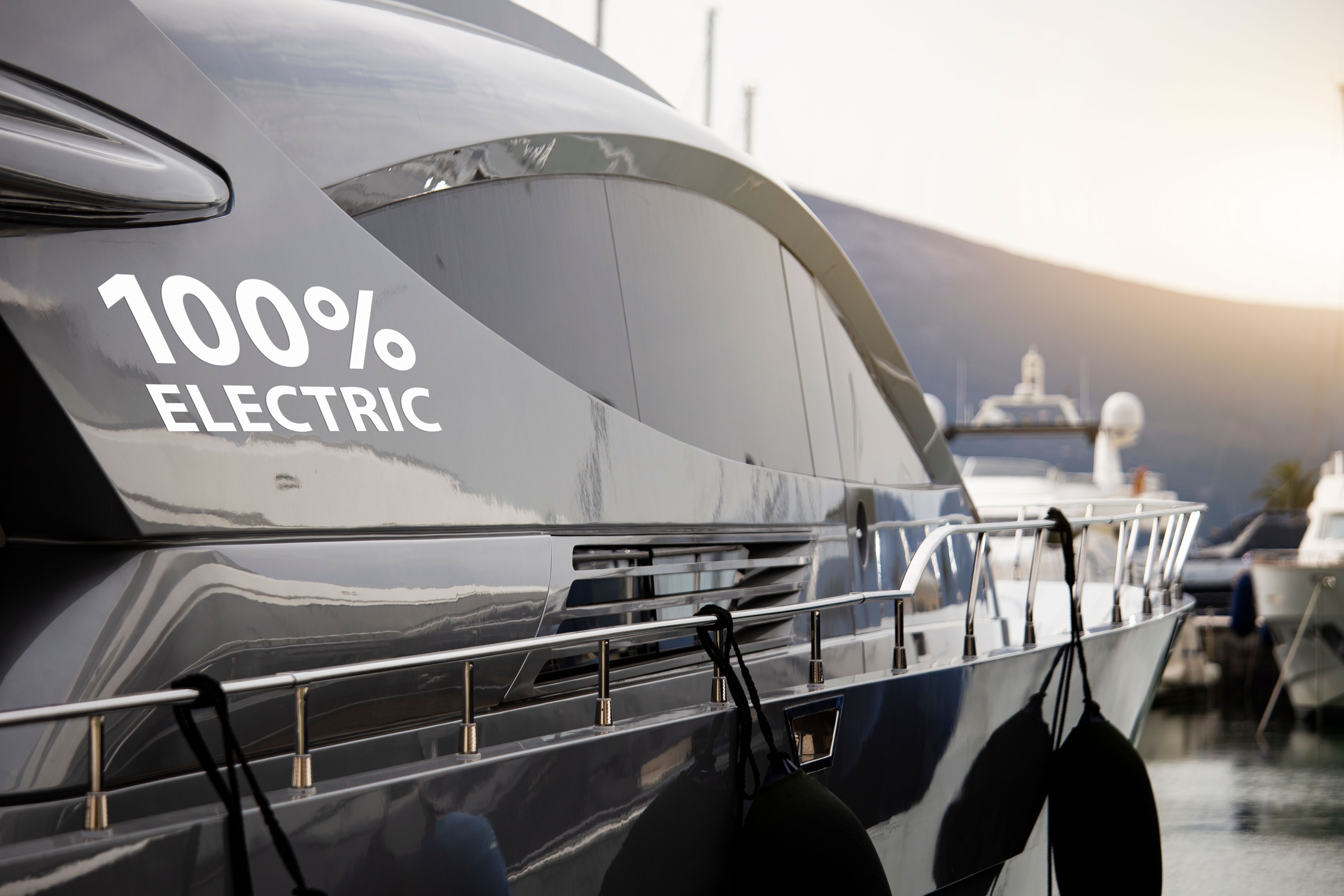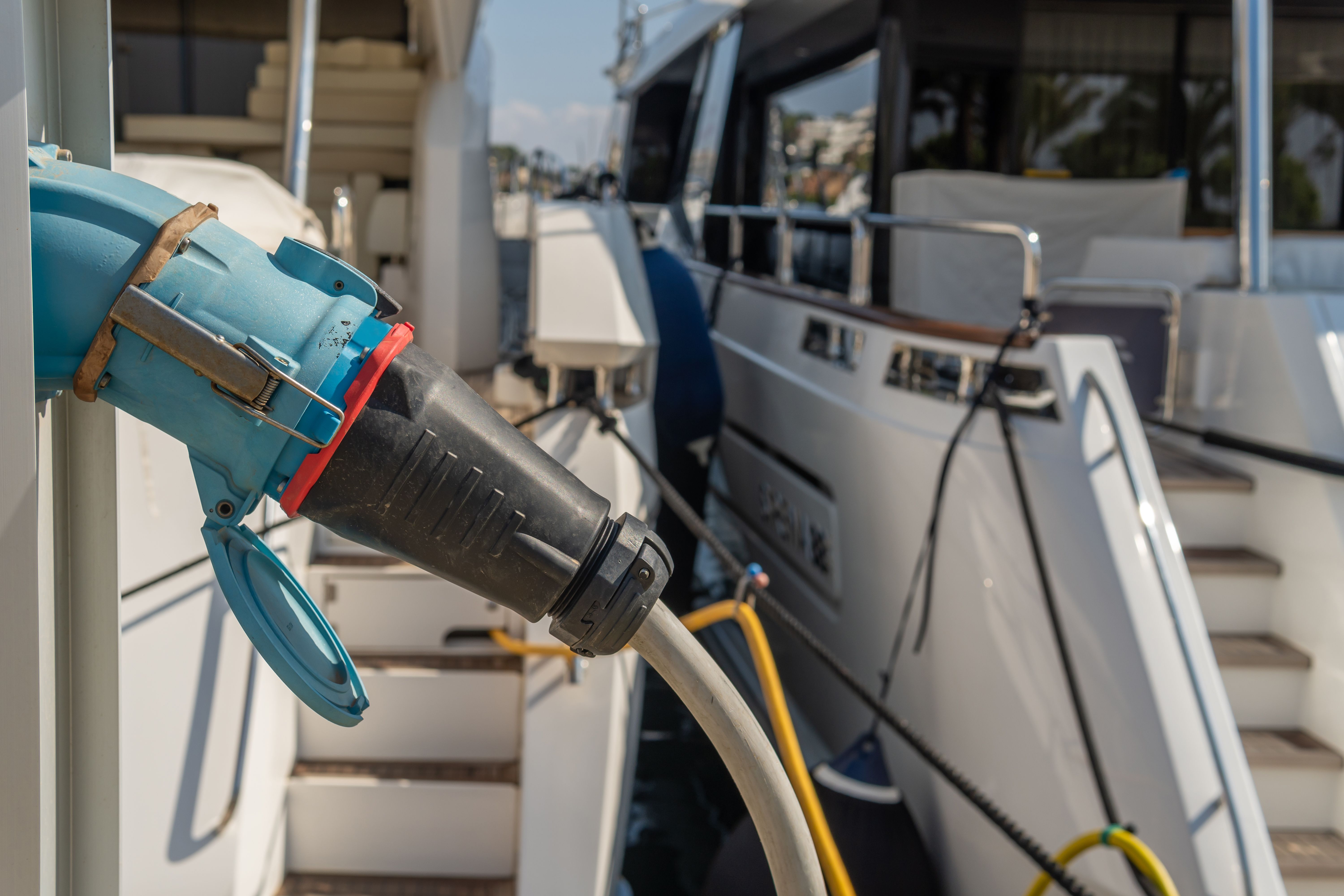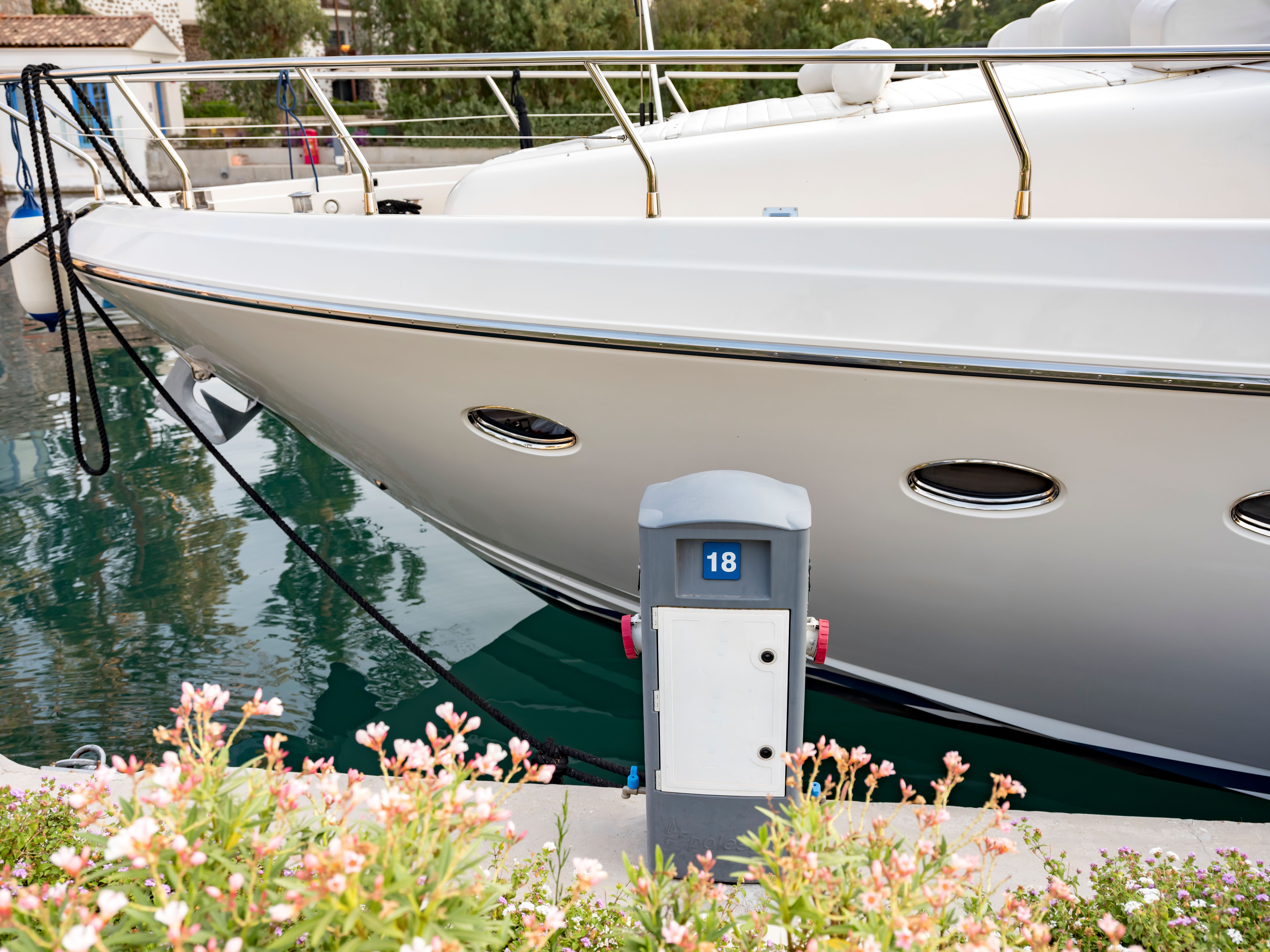Supercapacitors vs Lithium Batteries: Safer Energy Solutions for Yachts
The Evolution of Energy Storage on Yachts
As the demand for sustainable and safer energy solutions grows, the marine industry is increasingly evaluating the benefits of supercapacitors versus lithium batteries. Both technologies offer unique advantages, but which is the safer option for yachts? In this post, we explore the characteristics, benefits, and safety considerations of each to help you make an informed decision.

Understanding Supercapacitors
Supercapacitors, also known as ultracapacitors, are energy storage devices that store energy using an electrostatic field. Unlike traditional batteries, supercapacitors charge and discharge rapidly, making them ideal for applications requiring sudden bursts of power. Their ability to operate efficiently in a wide range of temperatures enhances their appeal for marine environments.
One of the most significant advantages of supercapacitors is their long lifecycle. They can endure up to one million charge and discharge cycles, significantly outlasting conventional batteries. Additionally, supercapacitors are known for their safe operation, as they do not rely on chemical reactions that can lead to overheating or explosion.
The Role of Lithium Batteries
Lithium batteries have been a popular choice in the marine industry due to their high energy density and ability to store large amounts of energy in a compact form. This makes them suitable for long voyages where space and weight are critical considerations. Lithium batteries are also praised for their efficiency and relatively quick recharge times compared to traditional lead-acid batteries.
However, lithium batteries are not without their challenges. They are susceptible to thermal runaway, a condition where the battery can overheat and potentially catch fire. This risk necessitates the use of sophisticated battery management systems to ensure safe operation on yachts.

Safety Considerations
When it comes to safety, supercapacitors have a distinct edge over lithium batteries. Since they store energy electrostatically rather than chemically, they eliminate the risk of thermal runaway. Their robust nature also allows them to withstand harsh marine conditions without degrading or posing a safety hazard.
On the other hand, while lithium batteries have improved safety features, they still require careful handling and monitoring. Proper installation and regular maintenance are crucial to prevent potential hazards associated with these batteries.
Performance Comparison
In terms of performance, supercapacitors excel in delivering quick bursts of power, making them ideal for applications such as starting engines or powering winches. However, their energy storage capacity is limited compared to lithium batteries, which makes them less suitable for long-term energy supply needs.
Lithium batteries, with their high energy density, provide a more sustained power supply and are better suited for longer voyages where continuous energy availability is essential. However, they may not provide the quick power surges that supercapacitors can offer.

Environmental Impact
From an environmental perspective, supercapacitors are more sustainable as they can be recycled more efficiently than lithium batteries. The materials used in supercapacitors are less toxic, reducing environmental harm at the end of their lifecycle.
Lithium batteries involve complex recycling processes and contain metals that can be harmful if not disposed of properly. This consideration is crucial for environmentally conscious yacht owners seeking sustainable energy solutions.
Conclusion
Both supercapacitors and lithium batteries offer distinct advantages for yacht energy solutions. Supercapacitors provide unmatched safety and quick power delivery, while lithium batteries offer greater energy storage capacity for extended trips. Ultimately, the choice between these technologies will depend on specific needs and priorities, such as safety, performance requirements, and environmental impact.
For yacht owners prioritizing safety and sustainability without compromising performance, adopting a combination of both technologies might be the optimal solution. This hybrid approach allows for maximizing the strengths of each technology while minimizing their limitations.